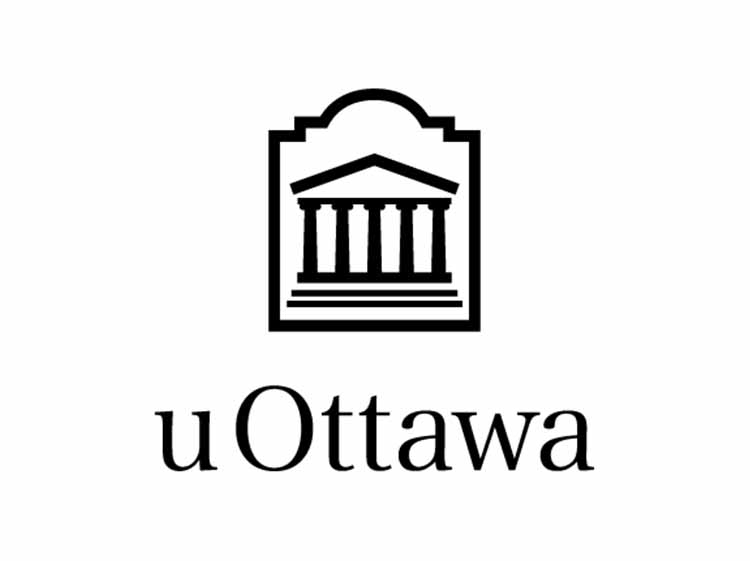
L’avenir du français en éducation

The future of French in education is central to achieving the Canadian Government’s 2036 demographic objectives. This vastly ambitious society-wide project aims to increase the national bilingualism rate from 17.9% to 20% by 2036. This implies a growth rate of 2% per year for the Canadian Francophonie and 3% per year for the bilingual Anglophone population.
Well aware that achieving these targets is only possible if the capacity of the education system evolves correspondingly in terms of teaching French/in French, the ACUFC and its members will work together to expedite responses to rising short, medium and long-term issues, and to improve the efficiency of efforts invested by all stakeholders.
It is from this standpoint that we are launching our major initiative called Objectif 2036 : l’enseignement du français et en français, une pièce maîtresse de la dualité linguistique au Canada.
A collaborative project
10
entities
3
activity sectors
7
action areas
6
pan-Canadian reports and sharing of best practices
31
pilot projects
27
webinars and videoconferences
Based on collaboration, this two-year (2020-2022) pan-Canadian structuring project will lead to identifying issues and challenges associated with recruiting and retaining teachers in/of French outside of Quebec, as well as proposing strategies and possible solutions under three main components:
- Attracting and selecting candidates
- Initial training in teaching French/in French
- Professional development
Paying particular attention to the following clienteles:
- High school youth who register for initial training in teaching
- Young university students (post-baccalaureate) who pursue their university studies, and graduates from college programs
- Adults who wish to reorient their career
- Foreign-trained candidates

Office of Francophone and Francophile Affairs (OFFA), Simon Fraser University
Colombie-Britannique
Expected outcomes
This project will contribute to recruiting and retaining the best candidates in Canada and abroad, able to teach French/in French as a first or second language. It will bring about a strategic vision advancing the 2036 demographic objectives set out in the Action Plan for Official Languages 2018–2023.
The logo of L’avenir du français en éducation draws on the iconic fast-forward button, transformed to depict the ramping-up speed of a plane on take-off: great speed heading toward a guaranteed future for French in education. The image of a plane can also evoke paper planes that occasionally fly in classrooms.
The combination of two colours symbolizes the complementarity of French as a first language (green) and French as a second language (blue), moving forward in the same direction.
















